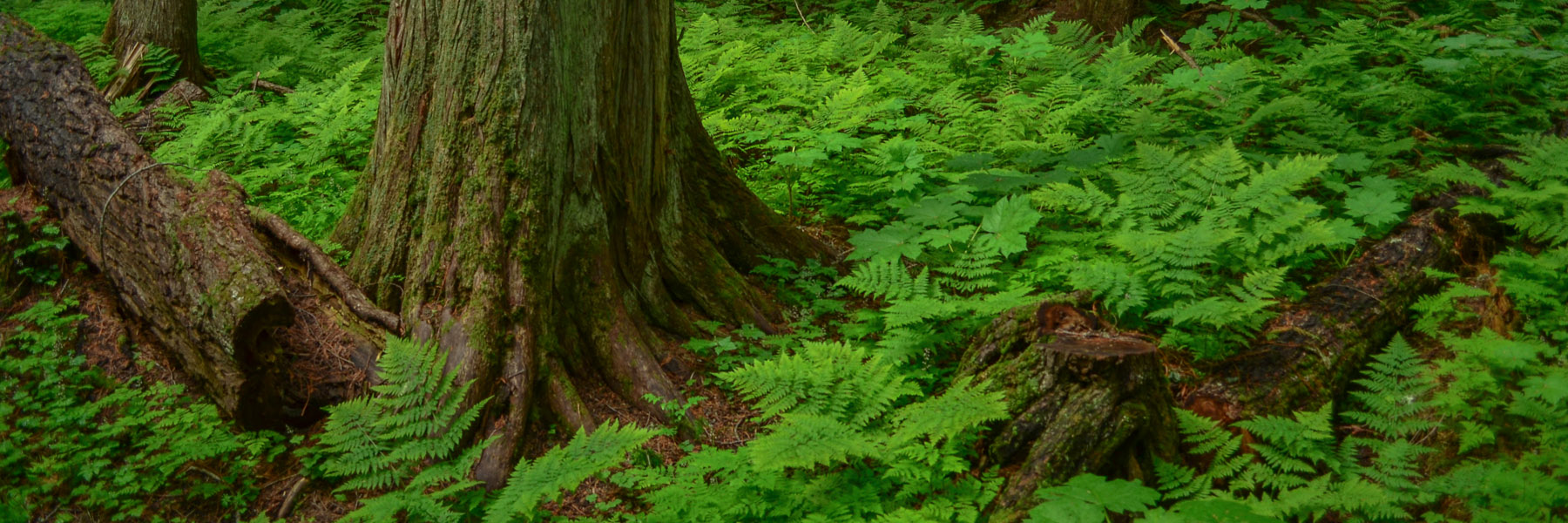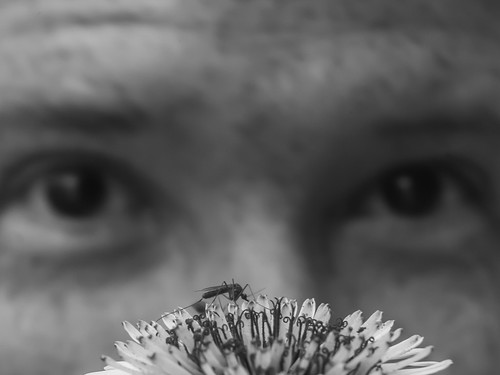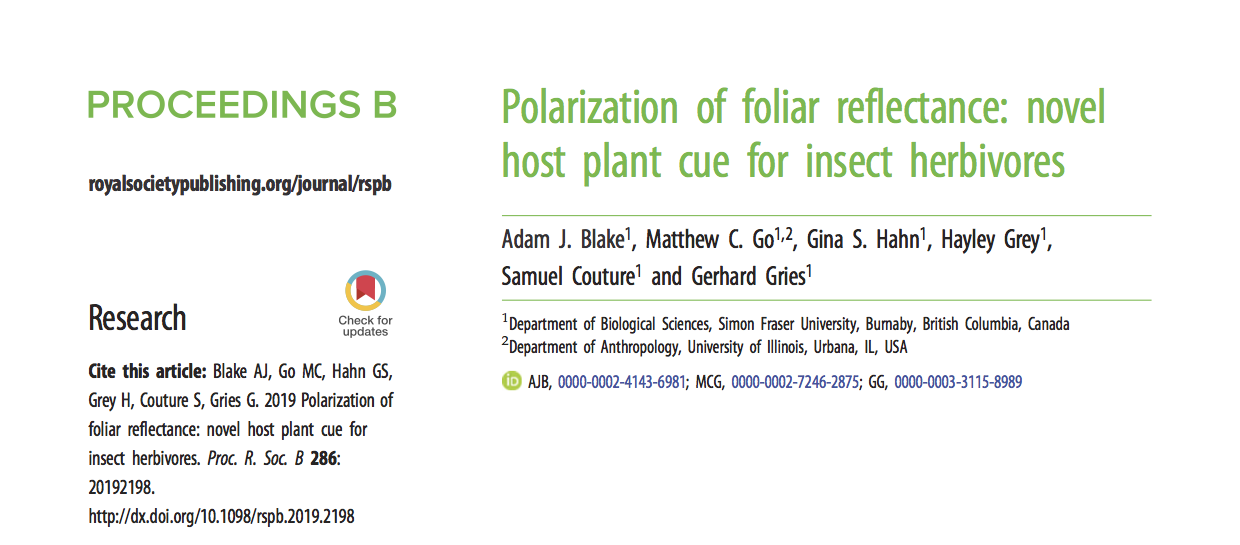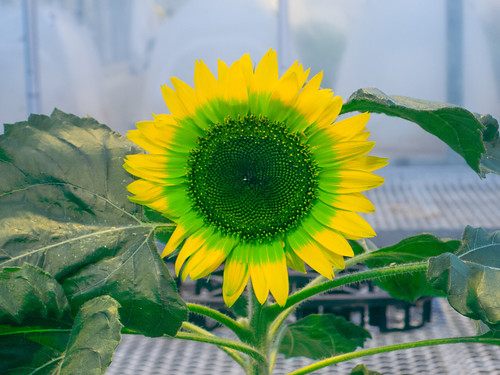I recently updated my social media profile pictures with the help of my friend here. It seemed only fair to repay the favour. We even did a #DollyPartonchallange.
I took a series of photos for Dan Peach’s defense seminar with his study species. Since we did a bunch of work on UV vision in mosquitos, we wanted to take a UV photo of the mosquito on the flower while keeping Dan’s eyes in frame in the background. This took some careful positioning to get everything in frame but I’m quite pleased with the results. In addition to the “bullseye” the UV photograph also reveals Dan’s many freckles.
When I visited Japan in 2016, I learned about diamond Fuji, a phenomenon where the rising sun aligns exactly with the peak on Mount Fuji resembling a diamond set in a ring. Since we have a good view of Mount Baker from around Vancouver, and they’re both stratovolcanoes, I’ve wanted to photograph a similar alignment with Mount Baker. I was never quite able to work out the proper day where rising sun would align with the summit. Last week I just happened to catch the sunrise one morning and lucked out with the sun rising at or near the summit. Unfortunately I didn’t have my dSLR handy and the weather turned cloudy, so I didn’t get a second chance the next morning. I happened to be up early this past Thursday, and while not a ‘diamond’, I do really like the look of the sun peeking up between the smaller peaks. I think I should get another shot at a true ‘diamond’ in late January 2020.
With the main chapter of my thesis coming out this past week in the Proceeding of the Royal Society B, I wanted to discuss some of the exciting results here. As I’ve mentioned before my research involves how plant feeding insects use polarized light as a cue to help location and select among plants. In this paper we show in a series of behavioral experiments that the cabbage white butterfly (Pieris rapae) uses the polarization of leaf reflections to recognize host plants. [click to continue…]
Last week I did some UV photography of the sunflowers my labmate Warren Wong uses in research on the Brown Marmorated Stink Bug (Halyomorpha halys). These images combine UV and visible light photos to show the classic UV bullseye known to attract pollinators. This combination of images is inspired by the “butterfly vision” images of Dr. Klaus Schmitt (who in fact supplied our UV camera system). This bullseye pattern is most prominent in newly opened flowers like this one and may be one of the cues the Brown Marmorated Stink Bug used to select the optimum growth stage of host plant for feeding and oviposition
This photo is from a shoot earlier in this year that was a basis for Dan Peach‘s Aedes vegans April Fool’s hoax. Aedes (and most blood feeding mosquitoes) do seek out a variety of plant sugars (see Peach & Gries, 2019) but a purely vegetarian Aedes is comically unlikely.
A striking butterfly with a somewhat redundant name (mariposa is spanish for butterfly). The name is likely the result of the species being described from the former spanish territory of California.
I was out at Sunday’s Bioblitz at Beaver Lake hosted by ESBC, the Stanley Park Ecological Society. The weather was beautiful and the event was well attended by both entomologists and the general public. One of the highlights of the day was this Paddle-tailed Darner, so named for the shape of the enlarged male apedages.
Accidentally saw this neat effect when photographing some mosquitos for Dan Peach. It looks a bit like the eyeshine you get from butterflies where light enters the eye, travels down the rhabdom where it interacts with pigments (visual and otherwise), is reflected by the tapetum at the bottom of the retina, and travels back through the rhabdom and exits the eye (see Stavenga 2002, Fig. 3). Flies lack a tapetum so I think what’s going is the structure of the compound eye is acting as a diffraction grating. This is the prism like effect is seen in LCD screens reflections and is commonly used in spectrometers
Sara and I braved the decidedly un-Vancouverish weather yesterday to take photographic advantage of the fresh snowfall. I’d almost forgotten how much a fresh dusting of snow can transform a landscape. It is a pity it will disappear into a slushy brown mess with the upcoming warm rainy weather.












Follow Me